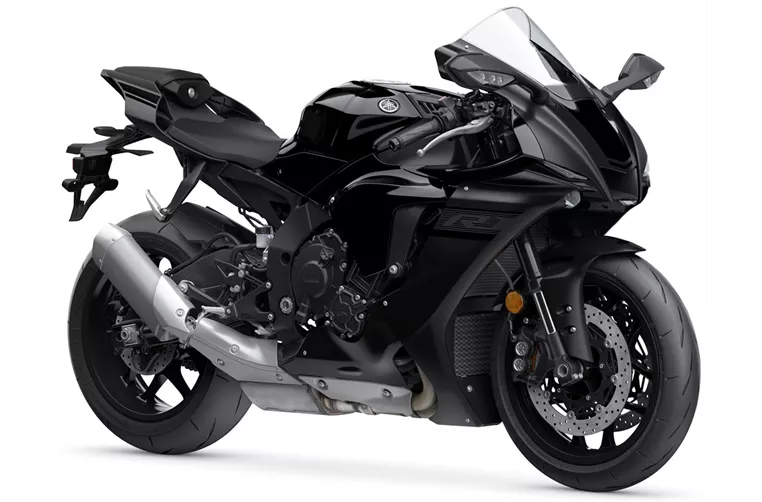BMW S 1000 RR 2012 vs. Yamaha R1 2020

BMW S 1000 RR 2012
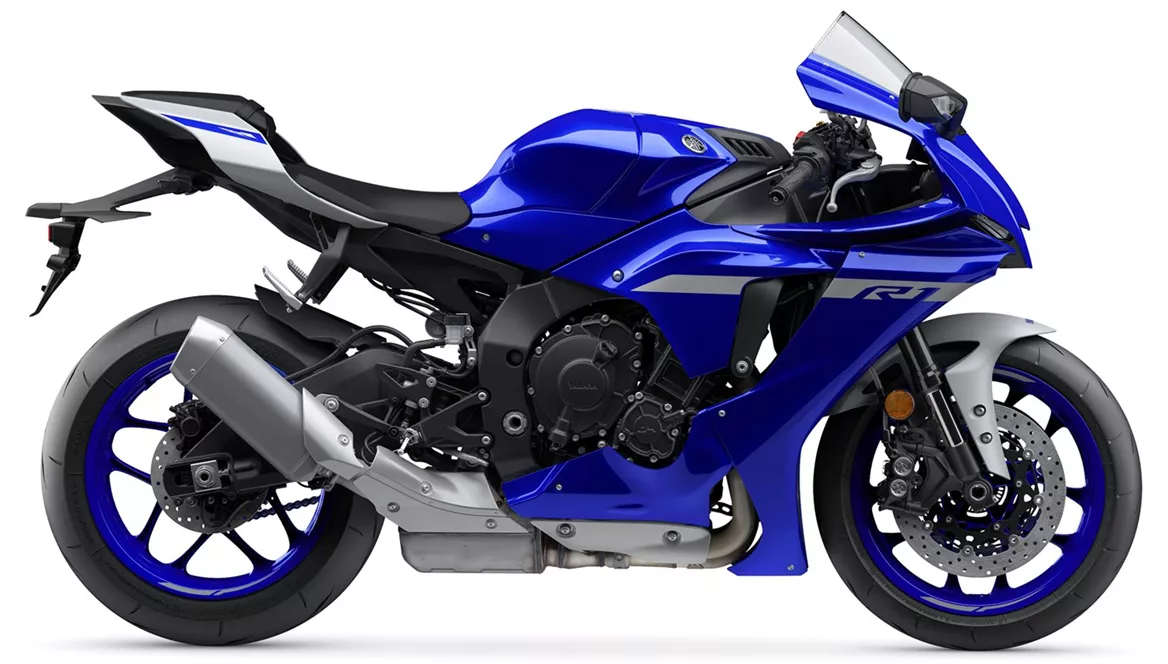
Yamaha R1 2020
Overview - BMW S 1000 RR 2012 vs Yamaha R1 2020
The BMW S 1000 RR model year 2012 and the Yamaha R1 model year 2020 are both high-performance supersport motorcycles that offer impressive power and advanced features. While they have some similarities in terms of engine specifications and dimensions, there are also notable differences between the two models.
Starting with the engine and drivetrain, both motorcycles feature a 4-cylinder engine with a similar displacement. The BMW S 1000 RR has a bore of 80 mm and a stroke of 49.7 mm, while the Yamaha R1 has a slightly smaller bore of 79 mm and a slightly larger stroke of 50.9 mm. In terms of power, the BMW S 1000 RR produces 192 HP, while the Yamaha R1 offers 200 HP. Both motorcycles have a compression ratio of 13 and deliver a torque of around 112 Nm.
In terms of suspension, the BMW S 1000 RR 2012 is equipped with a telescopic fork at the front, while the Yamaha R1 2020 features an upside-down telescopic fork. Both motorcycles have an aluminum frame, but the BMW S 1000 RR has a twin-tube frame, while the Yamaha R1 has a Deltabox frame. This difference in frame design may result in variations in handling and stability.

BMW S 1000 RR 2012
Both motorcycles have double disk brakes at the front, providing strong stopping power. However, it should be noted that the Yamaha R1's brakes may not be completely satisfactory on the race track, which could be considered a weakness.
In terms of dimensions and weights, the BMW S 1000 RR has a slightly longer wheelbase of 1432 mm compared to the Yamaha R1's 1405 mm. The seat height of the BMW S 1000 RR is 820 mm, while the Yamaha R1 offers a higher seat height of 855 mm. The kerb weight of the BMW S 1000 RR with ABS is 207 kg, slightly heavier than the Yamaha R1's 199 kg. Both motorcycles have a fuel tank capacity of around 17 liters.
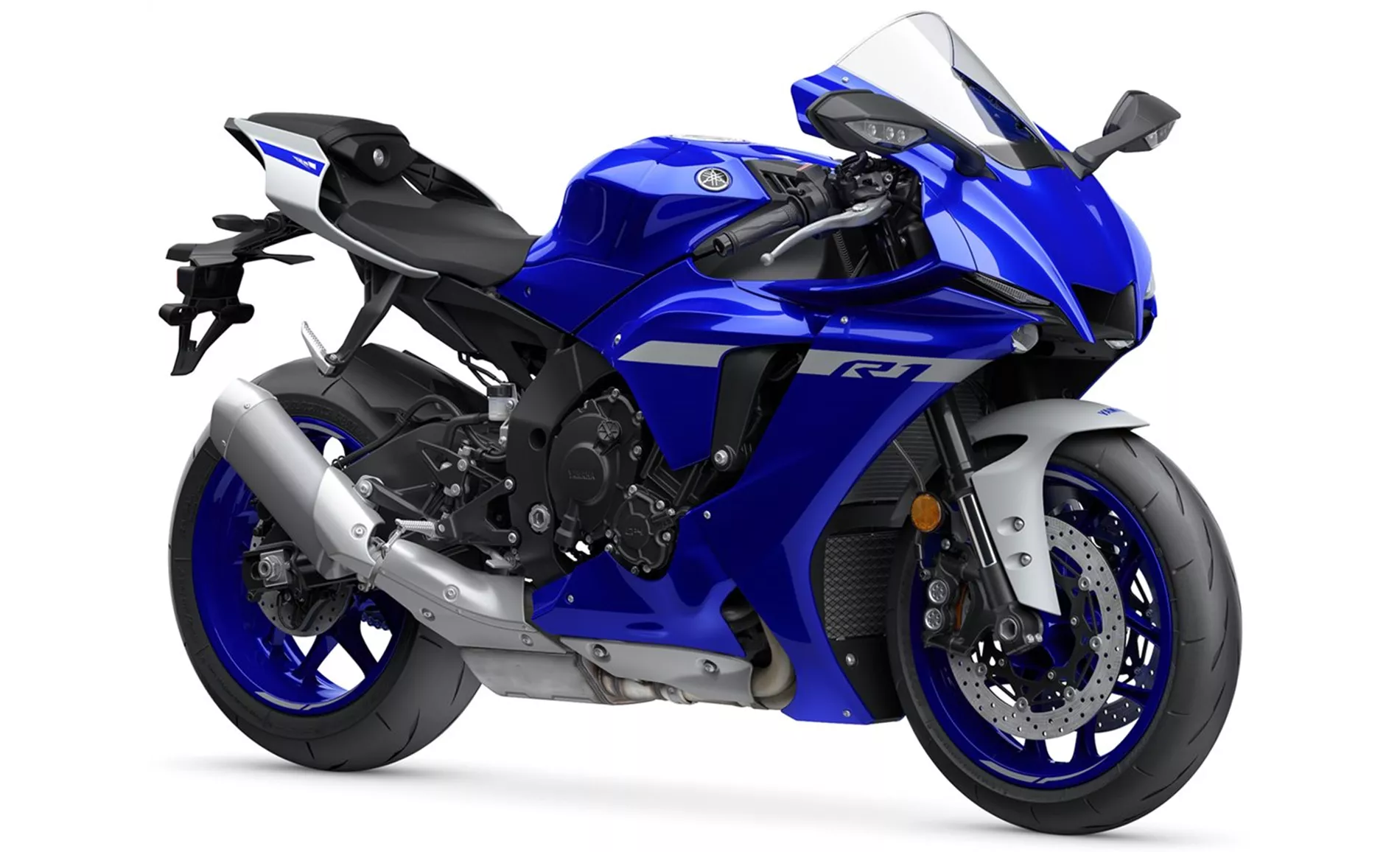
Yamaha R1 2020
When it comes to strengths, the BMW S 1000 RR 2012 is praised for its complete electronic equipment, good braking system, strong engine, and impressive speed on the road. It also has an appropriate appearance that appeals to many riders. On the other hand, the Yamaha R1 2020 is known for its powerful engine, clean response, great sound that is not intrusive, stable chassis, high-quality electronics, and a wonderfully noble overall impression.
In terms of weaknesses, the BMW S 1000 RR 2012 is noted to have a somewhat complicated chassis that takes some time to get used to. Meanwhile, the Yamaha R1 2020's brakes are mentioned as not being completely satisfactory on the race track.
Overall, both the BMW S 1000 RR 2012 and the Yamaha R1 2020 are impressive supersport motorcycles with their own unique strengths and weaknesses. The choice between the two would ultimately depend on the rider's preferences and priorities.
Technical Specifications BMW S 1000 RR 2012 compared to Yamaha R1 2020
Pros and Cons in comparison
Pros and Cons in comparison
BMW S 1000 RR 2012
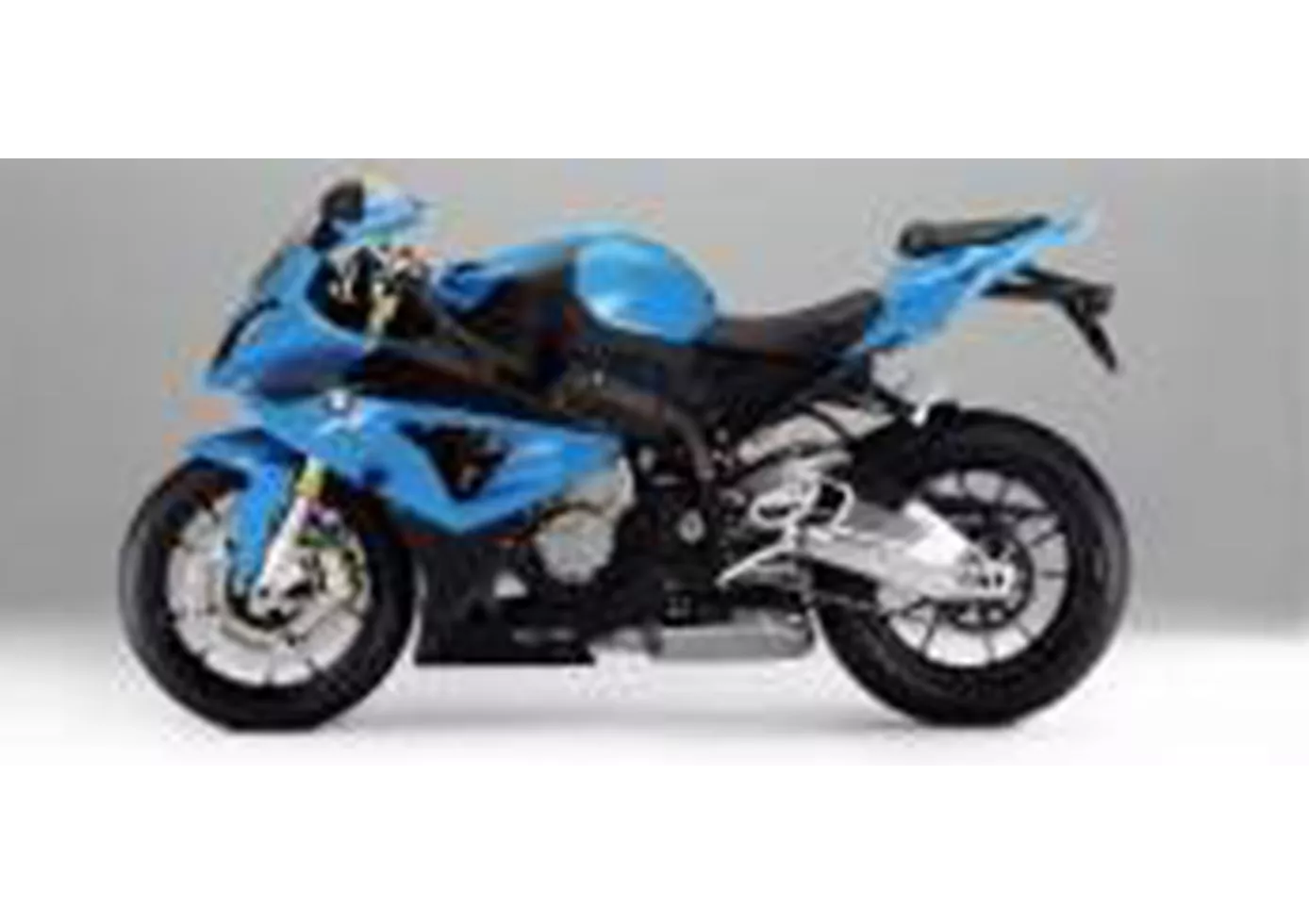
What remains is fascination, bewilderment and fear. You can't shake the uneasy feeling that you're not quite yourself on this bike. It feels like a heavy metal concert with earplugs.
Yamaha R1 2020
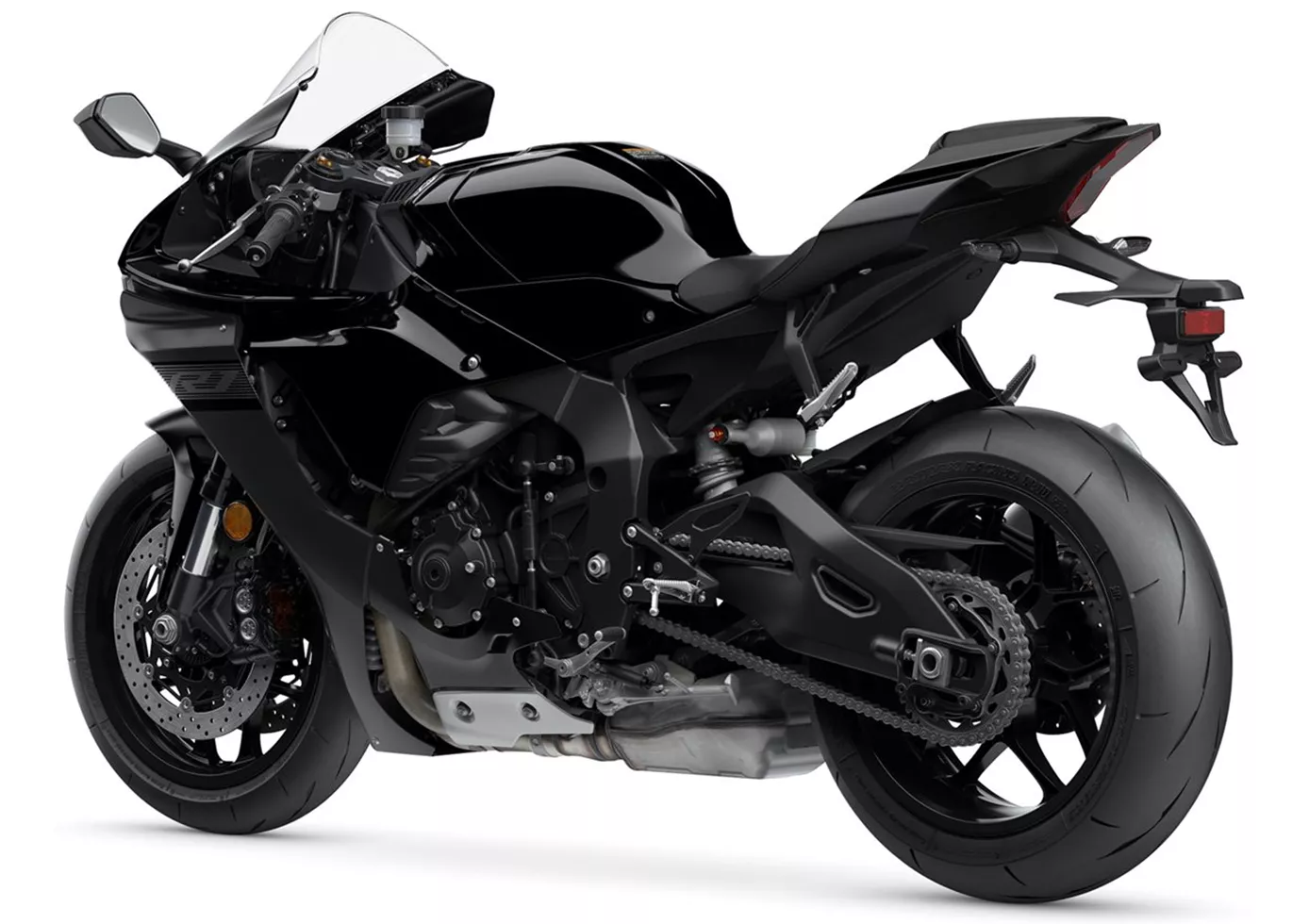
The Yamaha YZF-R1 is mature and makes countless racetrack pilots happy. The engine shines with lightness and agility, the seating position surprises positively and the handling is radical but still "suitable for the masses". The machine immediately stands out visually and also because of the heart-warming sound. Especially on the country road, the bike scores with its well-known strengths: great engine, great electronics, great package! A real pleasure to ride!
Price Comparison Avarage Market Price BMW S 1000 RR vs Yamaha R1
There are a few key differences between a BMW S 1000 RR 2012 and a Yamaha R1 2020. In terms of price, the actual average price of a Yamaha R1 2020 is about 84% higher. A BMW S 1000 RR 2012 experiences a loss of 290 USD in one year of ownership. This is offset by a loss of 1,240 USD for a Yamaha R1 2020. Compared to Yamaha R1 2020 there are more BMW S 1000 RR 2012 bikes available on the 1000PS.de Marketplace, specifically 10 compared to 9. It takes less time to sell a BMW S 1000 RR with 64 days compared to 86 days for a Yamaha R1. Since model year 2010 1000PS.de editors have written 135 reviews for the BMW S 1000 RR and 80 reviews for the Yamaha R1 since model year 2005. The first review for the BMW S 1000 RR was published on 4/16/2008 and now has more than 4,000 views. This compares to more than 3,900 views for the first review on Yamaha R1 published on 4/28/2003.

